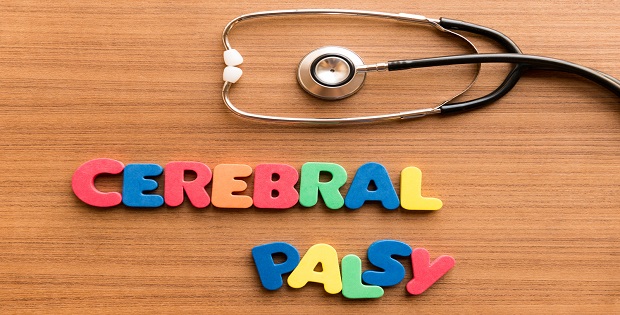Top 4 Major Cerebral Palsy Types

Types of Cerebral Palsy
The types of cerebral palsy as noted by Centers for Disease Control explains that doctors classify CP according to the main type of movement disorder involved. Depending on which areas of the brain are affected, one or more of the following movement disorders can occur:
- Stiff muscles (spasticity)
- Uncontrollable movements (dyskinesia)
- Poor balance and coordination (ataxia)
There are four main types of CP:
Spastic Cerebral Palsy
The most common type of CP is spastic CP. Spastic CP affects about 80% of people with CP.
People with spastic CP have increased muscle tone. This means their muscle or muscle groups are tight and stiff, which may result in their movements can be awkward. Spastic CP usually is described by what parts of the body are affected:
- Spastic diplegia/diparesis―In this type of CP, muscle stiffness is mainly in the legs, with the arms less affected or not affected at all. People with spastic diplegia might have difficulty walking because tight hip and leg muscles cause their legs to pull together, turn inward, and cross at the knees (also known as scissoring).
- Spastic hemiplegia/hemiparesis―This type of CP affects only one side of a person’s body; usually the arm is more affected than the leg.
- Spastic quadriplegia/quadriparesis―Spastic quadriplegia is the most severe form of spastic CP and affects all four limbs, the trunk, and the face. People with spastic quadriparesis usually cannot walk and often have other developmental disabilities such as intellectual disability; seizures; or problems with vision, hearing, or speech.
Dyskinetic Cerebral Palsy (also includes athetoid, choreoathetoid, and dystonic cerebral palsies)
Dyskinetic covers about 10 percent of the cerebral palsy cases. People with dyskinetic CP have problems controlling the movement of their hands, arms, feet, and legs, making it difficult to sit and walk.
The movements are uncontrollable and can be slow and writhing or rapid and jerky. Those who have dyskinetic CP would find that the face would experience involuntary movements. Sometimes the face and tongue are affected, which may make speech barely understandable, the food will be difficult to swallow, hard time sucking, and talking. A person with dyskinetic CP has muscle tone that can change (varying from too tight to too loose) not only from day to day, but even during a single day.
Ataxic Cerebral Palsy
This would a more rare form of cerebral palsy, about 5 to 10 percent of the total number of cerebral palsy patients are affected with this. People with ataxic CP have problems with balance and coordination. They might be unsteady when they walk. They might have a hard time with quick movements or movements that need a lot of control, like writing. They might have a hard time controlling their hands or arms when they reach for something.
Mixed Cerebral Palsy
About 10 percent of cerebral palsy patients have mixed cerebral palsy, in which individuals have the symptoms of more than one type of CP. The most common type of mixed CP is spastic-dyskinetic CP.
In closing, remember to share this post on social media and read more related articles.
Sources:
Facts About Cerebral Palsy. http://www.cdc.gov/ncbddd/cp/facts.html
Facts about cerebral palsy. https://www.cerebralpalsy.org.au/what-is-cerebral-palsy/facts-about-cerebral-palsy/
House with No Steps. http://www.hwns.com.au/









